Jianbing Guozi, a iconic street food snack originating from China, has captivated taste buds across the globe with its harmonious blend of crispy, savory, and aromatic flavors. Traditionally crafted from a batter of wheat or mung bean flour, filled with eggs, vegetables, and a medley of condiments, this humble crepe-like dish has long been a staple of breakfast stalls and night markets. However, as global health consciousness grows, a innovative variation has emerged: whole-grain Jianbing Guozi. By replacing refined flours with nutrient-rich coarse grains like millet, oats, and buckwheat, this revamped recipe not only preserves the dish’s cultural essence but also elevates its nutritional profile, catering to modern dietary needs. This article explores the origins, preparation, and growing popularity of whole-grain Jianbing Guozi, shedding light on why it has become a symbol of culinary innovation in an era prioritizing wellness.

A Brief History of Jianbing Guozi
To appreciate the significance of whole-grain Jianbing Guozi, one must first understand the roots of its traditional counterpart. Jianbing, which literally translates to “fried pancake,” dates back over 2,000 years to the Han Dynasty. Legend has it that the dish was invented by a general who needed a portable, energy-rich meal for his soldiers. Over centuries, it evolved into a street food favorite, particularly in northern China, where its hearty ingredients provided sustenance during harsh winters.
The classic Jianbing Guozi consists of a thin, crepe-like base made from a batter of wheat or mung bean flour, spread onto a hot griddle. An egg is cracked onto the surface, evenly distributed, and then flipped to cook. The crepe is then topped with crispy fried dough sticks (known as guozi), scallions, cilantro, a spicy bean sauce, and sometimes hoisin sauce or chili oil. Finally, it is folded into a neat wrap, ready to be devoured on the go.
While delicious, the traditional recipe relies heavily on refined carbohydrates, which lack the fiber and nutrients found in whole grains. This gap in nutrition has inspired chefs and home cooks alike to experiment with alternative flours, leading to the creation of whole-grain Jianbing Guozi.
The Nutritional Power of Whole Grains
Whole grains, unlike refined grains, retain their bran, germ, and endosperm, making them rich in dietary fiber, vitamins (such as B vitamins and vitamin E), minerals (including iron, magnesium, and selenium), and antioxidants. Studies have shown that incorporating whole grains into one’s diet can reduce the risk of heart disease, type 2 diabetes, and obesity, while also promoting digestive health and sustainable energy levels.
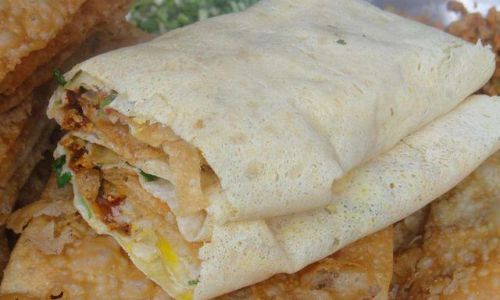
In the context of Jianbing Guozi, substituting refined flour with whole-grain alternatives like millet, oat, or buckwheat flour offers several advantages:
- Increased Fiber Content: Whole grains slow down digestion, promoting satiety and stabilizing blood sugar levels.
- Enhanced Nutrient Density: These grains provide essential minerals and vitamins often stripped away during refinement.
- Improved Texture and Flavor: Whole-grain batters yield a nuttier, earthier taste and a slightly chewier texture, adding complexity to the dish.
The Art of Crafting Whole-Grain Jianbing Guozi
Creating the perfect whole-grain Jianbing Guozi requires a balance of tradition and innovation. The process begins with selecting the right grains. Millet, a gluten-free grain with a mild, sweet flavor, is a popular choice for its creamy texture when ground into flour. Oats add a subtle nuttiness, while buckwheat contributes a robust, slightly bitter edge. Some artisans even blend multiple grains to achieve a harmonious flavor profile.
Step 1: Preparing the Batter
The batter is made by combining whole-grain flour with water, resulting in a thick, pourable mixture. Unlike refined flour batters, which can become gluey, whole-grain versions require careful mixing to avoid lumps. Some vendors add a touch of cornstarch or potato starch to ensure a crisp finish.
Step 2: Cooking the Crepe
A ladle of batter is swiftly spread onto a preheated griddle, forming a thin, even layer. The griddle’s heat is crucial—too high, and the crepe burns; too low, and it becomes greasy. As the batter cooks, an egg is cracked and spread over the surface, adding protein and richness.
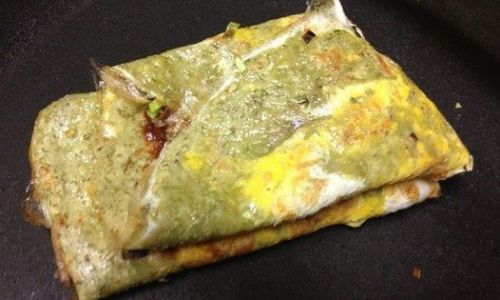
Step 3: Adding Toppings
The crepe is then flipped to cook the egg side briefly before being returned to its original position. This is where the magic happens: a layer of crispy guozi (deep-fried dough sticks) is placed atop the crepe, followed by fresh herbs, pickled vegetables, and a drizzle of sauce. The choice of condiments varies by region—some prefer a spicy soybean paste, while others opt for a sweeter hoisin sauce.
Step 4: Folding and Serving
The Jianbing is carefully folded into a rectangular wrap, encasing all the fillings. The result is a portable, handheld meal that balances crunch, softness, and umami-rich flavors.
Why Whole-Grain Jianbing Guozi is Gaining Traction
The global health food movement has fueled demand for whole-grain alternatives to traditional dishes. Jianbing Guozi, once seen as an indulgent street snack, is now marketed as a nutritious breakfast or midday meal. Restaurants and food trucks in cities like Beijing, Shanghai, and New York have begun featuring whole-grain versions on their menus, often accompanied by organic toppings and vegetarian options.
Moreover, the rise of plant-based diets has prompted vendors to experiment with egg-free batters and vegan-friendly fillings, further broadening its appeal. Social media platforms like Instagram and TikTok have also played a role, with food bloggers showcasing the vibrant colors and textures of whole-grain Jianbing, attracting a younger, health-conscious audience.

Cultural Significance and Innovation
Despite its modern adaptations, whole-grain Jianbing Guozi remains deeply rooted in Chinese culinary heritage. The use of millet, for example, reflects the grain’s historical importance in northern China, where it has been cultivated for millennia. By reviving ancient grains, chefs are not only improving nutrition but also preserving agricultural biodiversity.
Some entrepreneurs have taken this concept further, sourcing heirloom varieties of grains from local farmers and promoting sustainable farming practices. This ethos resonates with consumers who value both health and environmental stewardship.
Challenges and Future Directions
While whole-grain Jianbing Guozi has gained a loyal following, it faces challenges. Whole-grain flours can be more expensive and have shorter shelf lives than refined alternatives, potentially increasing production costs. Additionally, achieving the perfect texture requires skill, as overcooking can lead to a dry, brittle crepe, while undercooking results in a gummy consistency.
To address these issues, food scientists are exploring techniques like fermentation and sprouting to enhance the digestibility and shelf life of whole-grain batters. Collaborations between chefs and nutritionists are also becoming more common, ensuring that flavor and health go hand in hand.
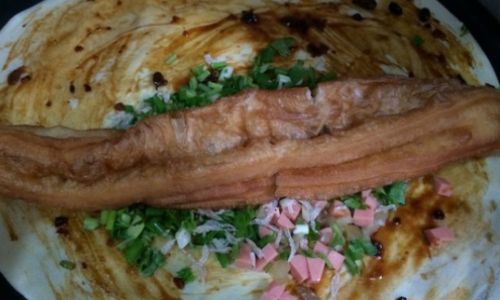
Conclusion: A Taste of Tradition, Reimagined
Whole-grain Jianbing Guozi is more than just a trend—it’s a testament to the adaptability of culinary traditions. By blending ancient grains with modern health priorities, this dish exemplifies how food can evolve while honoring its past. Whether enjoyed on a bustling street corner in Beijing or a trendy café in Brooklyn, it offers a satisfying bite that nourishes both body and soul. As consumers continue to prioritize nutrition without compromising on taste, the future of Jianbing Guozi looks brighter than ever, one whole-grain crepe at a time.
In a world where convenience often trumps quality, whole-grain Jianbing Guozi stands as a reminder that even the simplest street foods can be vehicles for wellness. So the next time you unwrap a steaming, golden-brown Jianbing, take a moment to savor not just its flavors, but the centuries of innovation that lie within each bite.
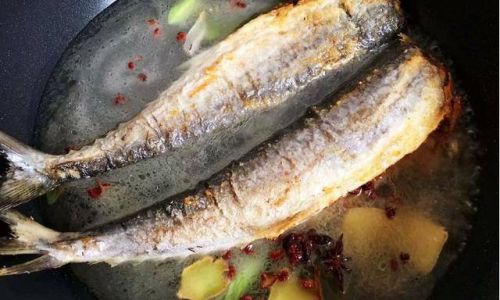
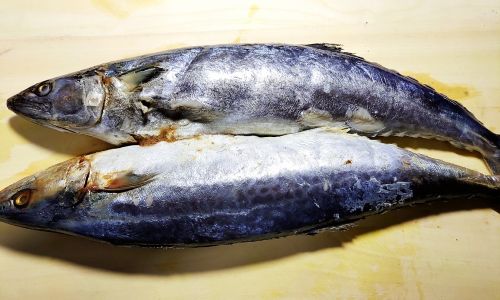
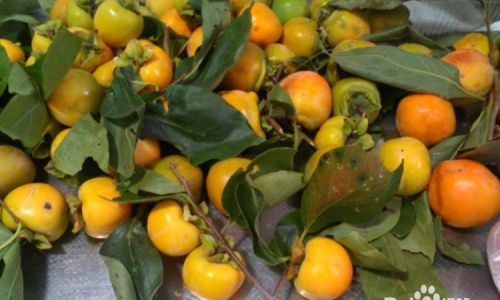
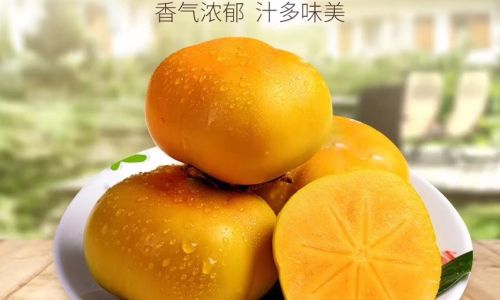

0 comments